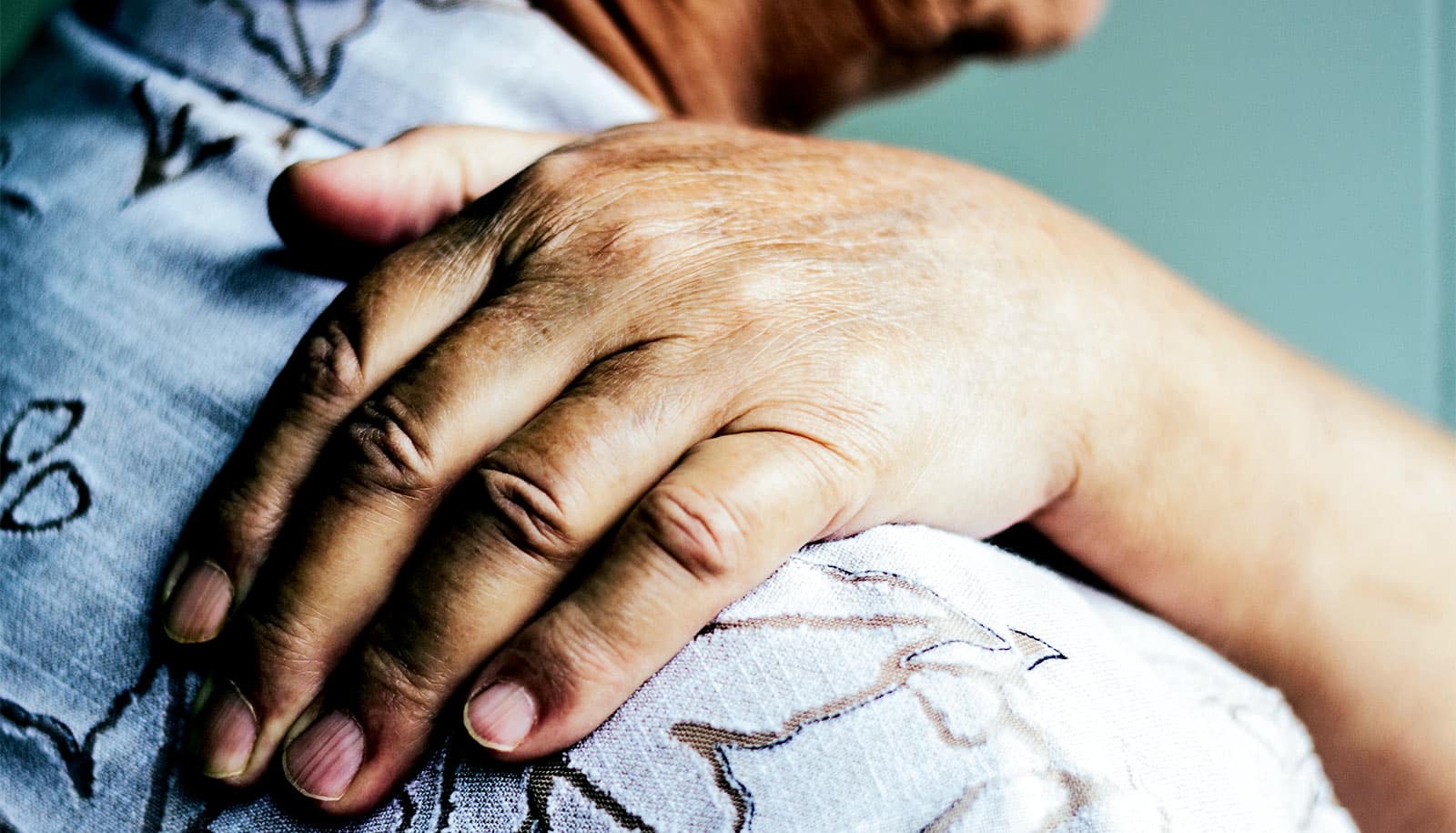Identifying who is at risk of poor pain outcomes after an injury or surgery could help steer patients to early holistic intervention that set them on a better course while also reducing the potential for opioid overuse.
For most people, recovering from an injury or surgery might require a short round of painkillers, but for about one in 10 people, pain can trigger protracted and escalating mental, physical, and behavioral health problems.
Now, a way to spot those at risk could be as simple as a two-question survey. In a study among patients at the Duke University Integrated Pain and Wellness Program, researchers found that a carefully worded, short questionnaire successfully identified people who were most likely to develop chronic pain. These patients were then steered to a more detailed risk stratification and holistic services that led to better outcomes.
“Unlike traditional methods that reactively address chronic pain, this approach proactively provides resources to prevent the development of high-impact chronic pain, ensuring the right patient gets the right resources at the right time—before the problem escalates,” says Padma Gulur, professor in the anesthesiology and population health sciences department at Duke University School of Medicine, and senior author of the study published in the New England Journal of Medicine Catalyst.
Gulur and colleagues enrolled patients referred to Duke’s pain and wellness program and gave them a two-questions survey that was developed after reviewing studies that identified factors leading to poor pain outcomes:
- Have you ever felt your pain is terrible and it’s never going to get any better? (Y/N)
- Have you ever used an illegal drug or prescription medication for non-medical reasons? (Y/N)
More than 13,500 patients—about 12%—responded yes to both questions and were considered at high risk of poor pain outcomes.
The researchers further stratified participants into high, medium, and low risk categories, with those at highest risk offered personalized treatment plans based on their level of need. The range of holistic interventions included close pain management with a pain specialist, referrals to social services for food, housing, or transportation needs, and access to behavioral health, physical therapy, and nutrition programs.
“The interventions were tailored to meet patients at their current state of pain management and to motivate them toward adopting a more holistic approach,” Gulur says. “The guiding principles emphasize that patients are doing as well as they can with the coping skills they have but, with the right support, they can do better.”
Of the 432 patients at highest risk of poor pain outcomes who participated in the holistic treatment approach, 224 patients (51%) reduced their morphine dose within 30 days.
The number of patients who reduced their morphine dose rose to 299 patients at 60 days and to 349 patients at 180 days. The program’s effects were much better than those achieved through other chronic pain management approaches.
“By demonstrating the effectiveness of early identification and intervention for patients at risk of poor pain outcomes, this research can inform the development of new therapies and treatment approaches focused on prevention,” Gulur says.
“It could lead to improved health services by integrating similar proactive care models into broader health care settings, enhancing scientific understanding, and leading to better health care outcomes through more personalized and preemptive pain management strategies.”
Source: Duke University



